Best Companion Plants For Edamame
Edamame is a delicious and nutritious legume that is native to East Asia. It is a type of soybean that is harvested while the beans are still green and immature. Edamame can be eaten fresh, steamed, or boiled, and it is a good source of protein, fiber, and vitamins.
When growing edamame, it is important to choose the right companion plants. Companion planting is the practice of planting different types of plants together in order to create a mutually beneficial relationship. Some companion plants can help to improve the growth and yield of edamame, while others can help to deter pests and diseases.
Here are some of the best companion plants for edamame:
- Corn: Corn is a good companion plant for edamame because it provides shade and support for the edamame vines. Corn also attracts beneficial insects that help to control pests.
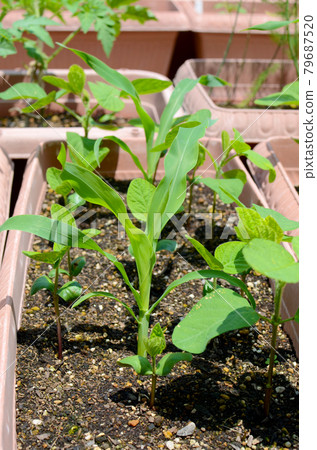
- Squash: Squash is another good companion plant for edamame. It helps to suppress weeds and improve the soil quality. Squash also produces a natural pesticide that helps to protect edamame from pests.
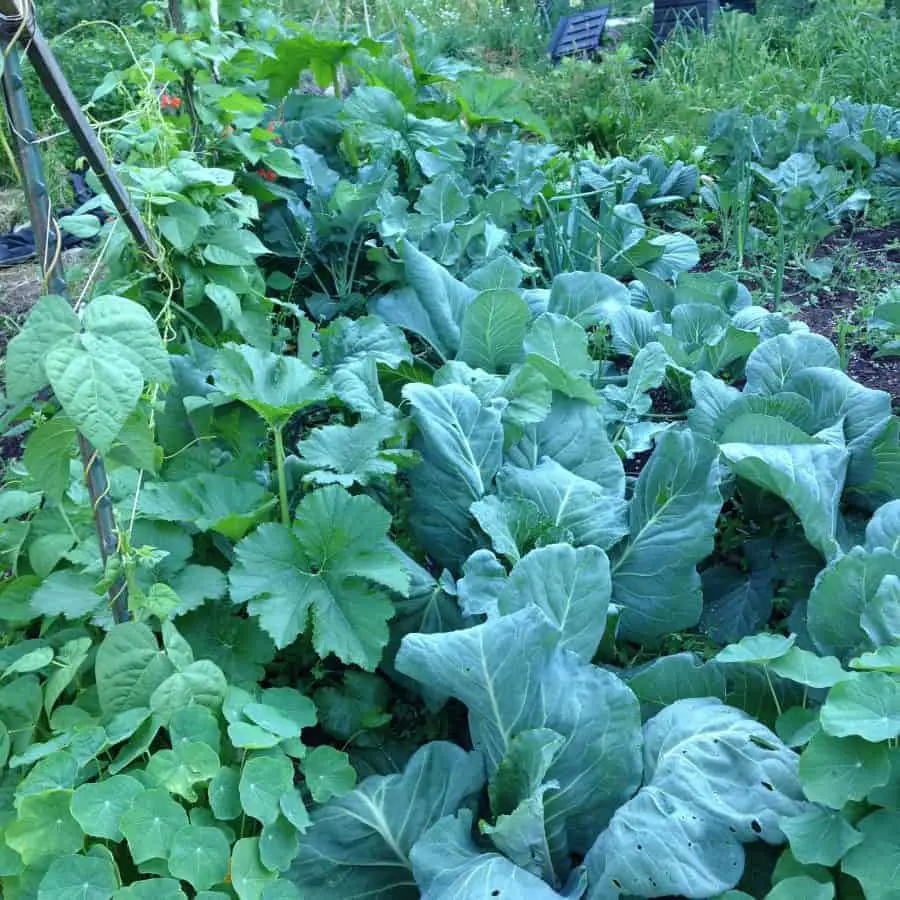
- Celery: Celery is a good companion plant for edamame because it helps to repel pests such as aphids and spider mites. Celery also helps to improve the flavor of edamame.
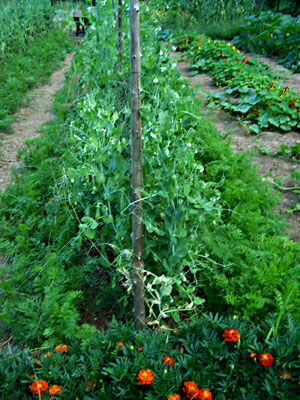
- Strawberries: Strawberries are a good companion plant for edamame because they help to attract beneficial insects such as ladybugs and lacewings. These insects help to control pests that can damage edamame plants.

- Marigolds: Marigolds are a good companion plant for edamame because they help to repel pests such as nematodes and whiteflies. Marigolds also help to improve the drainage of the soil, which can help to prevent root rot in edamame plants.

In addition to these plants, edamame can also be planted near other legumes, such as peas and beans. These plants help to fix nitrogen in the soil, which can benefit edamame plants. Edamame can also be planted near herbs, such as basil and mint. These herbs help to repel pests and diseases.
When choosing companion plants for edamame, it is important to consider the needs of both plants. Edamame plants need full sun and well-drained soil. They also need to be watered regularly, especially during hot weather. Companion plants should have similar water and sunlight requirements.
It is also important to consider the size of the plants when choosing companion plants for edamame. Edamame plants can grow quite large, so they should not be planted near small plants that they might shade out.
By choosing the right companion plants, you can help to ensure that your edamame plants thrive and produce a bountiful harvest.
Edamame is a delicious and nutritious legume that can be grown in many parts of the world. When growing edamame, it is important to choose companion plants that will benefit each other. Some good companion plants for edamame include:
- Corn: Corn provides shade for edamame plants, which can help to protect them from the hot sun. Corn also helps to attract beneficial insects, which can help to control pests. Gardenia Inspiration
- Cucumbers: Cucumbers and edamame can be planted together because they have similar growing requirements. They both need full sun and well-drained soil. Cucumbers can help to suppress weeds, which can help to keep edamame plants healthy.
- Potatoes: Potatoes and edamame can be planted together because they have different nutrient requirements. Potatoes need nitrogen, while edamame plants fix nitrogen in the soil. This means that planting these two plants together can help to improve the fertility of the soil.
- Strawberries: Strawberries and edamame can be planted together because they both benefit from being planted in full sun. Strawberries can help to attract beneficial insects, which can help to control pests.
If you are interested in learning more about companion planting for edamame, I recommend visiting Gardenia Inspiration. This website has a wealth of information on the topic, including a list of recommended companion plants, tips on how to plant them together, and information on the benefits of companion planting.
FAQ of companion plants for edamame
1. What are the best companion plants for edamame?
The best companion plants for edamame are those that share similar growing conditions and have complementary benefits. Some good options include:
- Corn: Corn provides edamame with shade and support, and it also helps to attract beneficial insects.

- Squash: Squash helps to suppress weeds and improve soil drainage, which can benefit edamame plants.
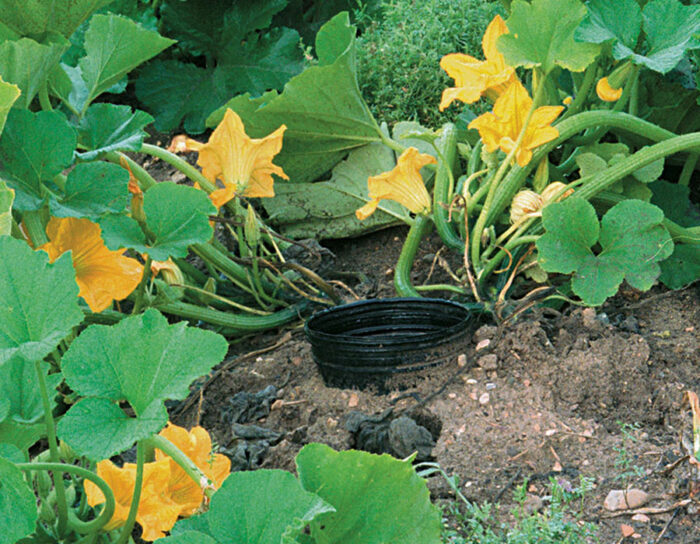
- Celery: Celery helps to repel pests, such as aphids and Japanese beetles, from edamame plants.

- Strawberries: Strawberries help to fix nitrogen in the soil, which can benefit edamame plants.
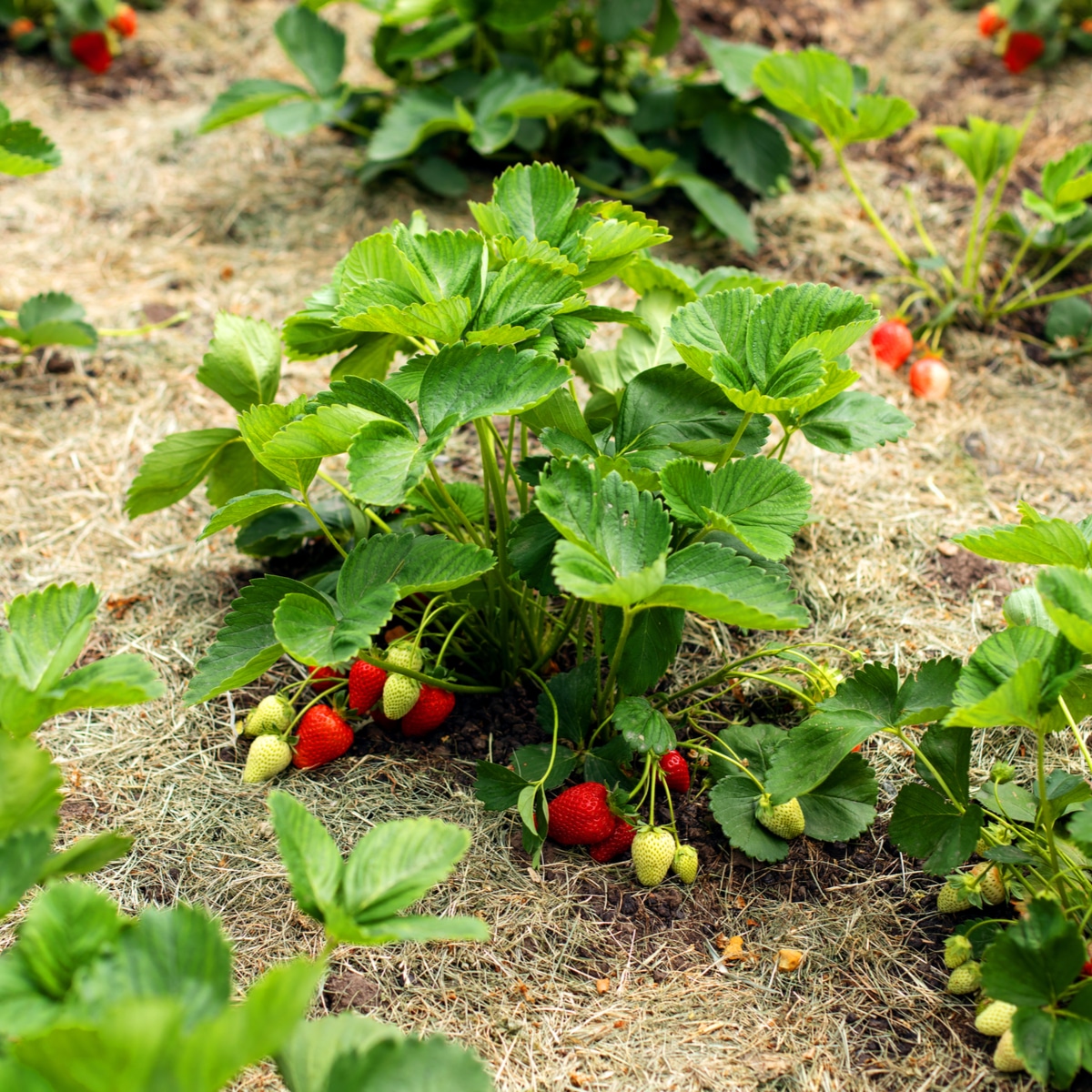
- Marigolds: Marigolds help to attract beneficial insects, such as ladybugs and lacewings, which can help to control pests that damage edamame plants.
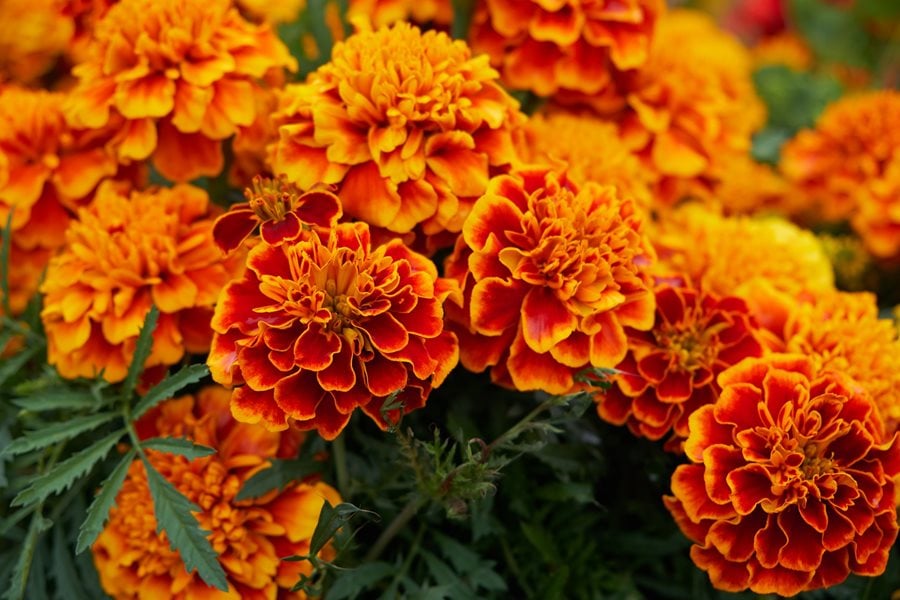
2. Can edamame be planted next to tomatoes?
Yes, edamame can be planted next to tomatoes. Tomatoes and edamame have similar growing conditions and can benefit from each other's presence. Tomatoes provide shade for edamame, which can help to protect it from the hot sun. Edamame, on the other hand, helps to fix nitrogen in the soil, which can benefit tomatoes.
3. What are some plants that should not be planted near edamame?
There are a few plants that should not be planted near edamame, as they can compete for water and nutrients or attract pests. These plants include:
- Onions: Onions release a chemical that can stunt the growth of edamame plants.
- Garlic: Garlic releases a chemical that can stunt the growth of edamame plants.
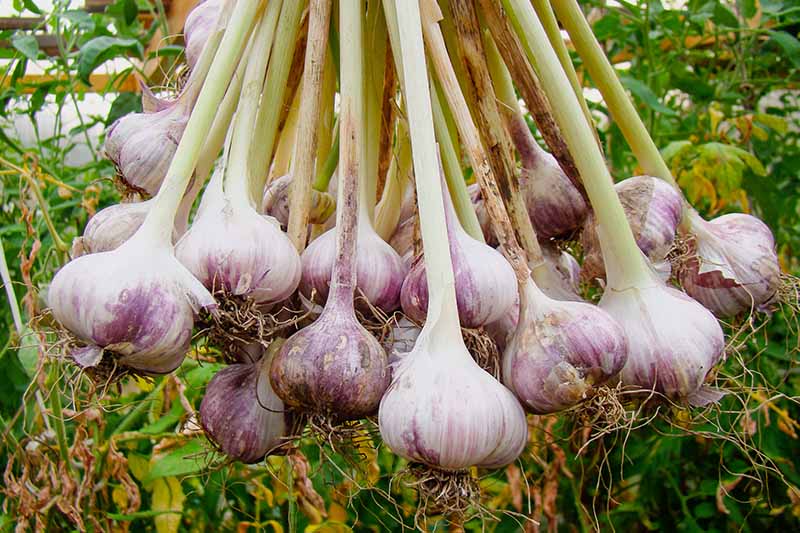
- Potatoes: Potatoes can attract the Colorado potato beetle, which can damage edamame plants.

- Cucumbers: Cucumbers can attract the cucumber beetle, which can damage edamame plants.
- Broccoli: Broccoli can attract the cabbage looper, which can damage edamame plants.

4. How far apart should edamame plants be planted?
Edamame plants should be planted about 18 inches apart. This will give them enough space to grow and produce a good yield.
5. When should edamame plants be harvested?
Edamame plants should be harvested when the pods are plump and bright green. The beans inside the pods should be soft and slightly firm. Edamame can be harvested by snapping the pods off the plant.
Image of companion plants for edamame
Here are 5 different images of companion plants for edamame from Pinterest:
- Corn: Corn provides shade for the edamame plants, which helps to protect them from the sun and pests.
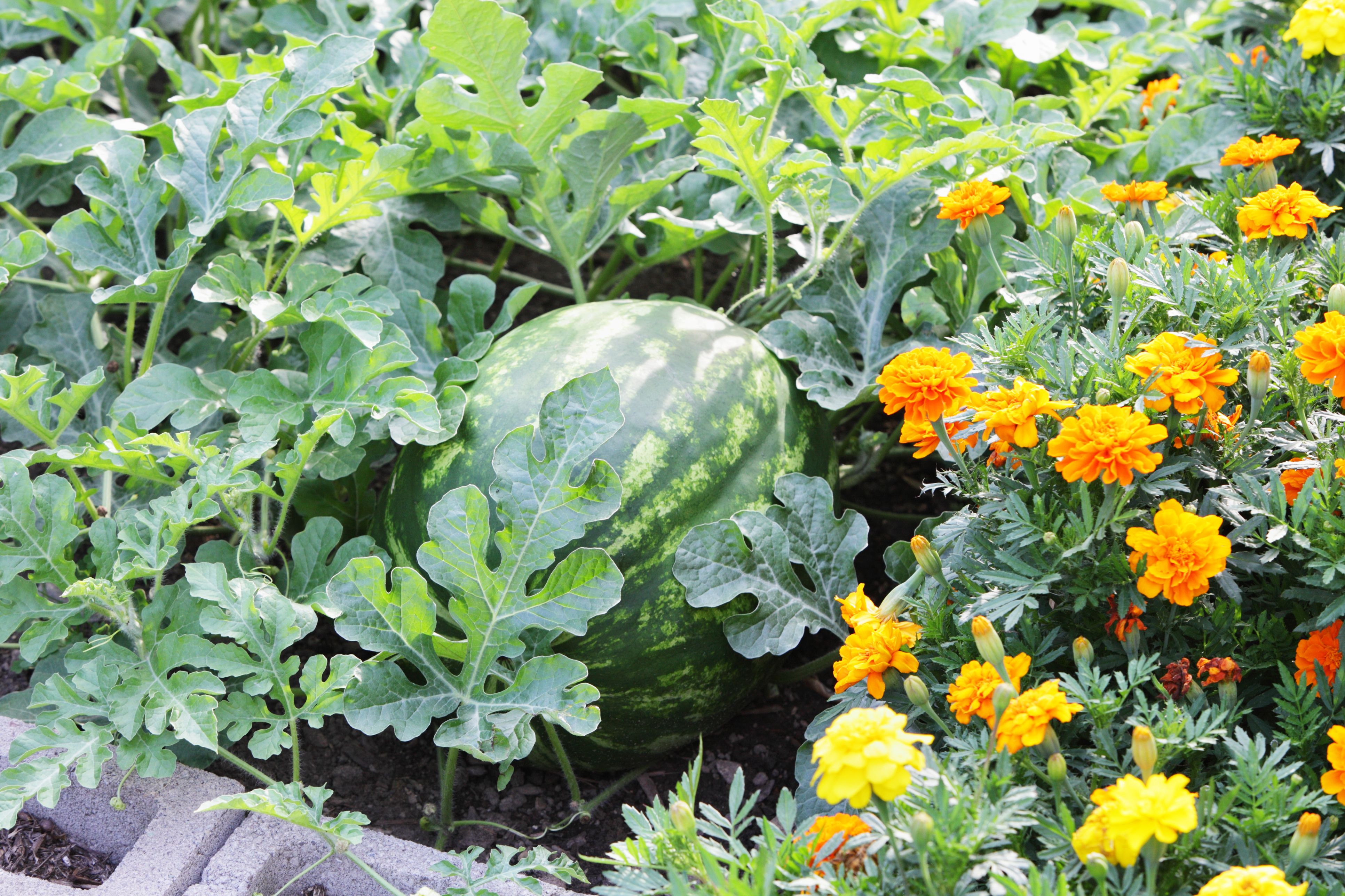
- Squash: Squash helps to suppress weeds and improve the soil quality, which benefits the edamame plants.

- Celery: Celery helps to attract beneficial insects, which help to control pests that can harm the edamame plants.

- Strawberries: Strawberries help to improve the soil drainage, which can help to prevent root rot in edamame plants.

- Marigolds: Marigolds help to attract beneficial insects and repel pests, both of which can benefit edamame plants.

Post a Comment for " Best Companion Plants For Edamame"